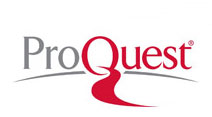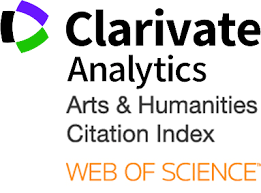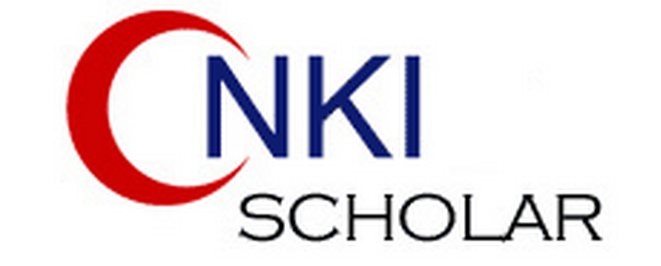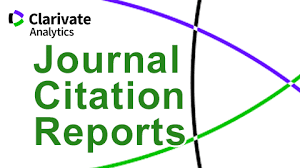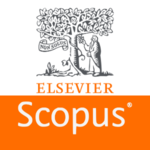Submissions
Submission Preparation Checklist
As part of the submission process, authors are required to check off their submission's compliance with all of the following items, and submissions may be returned to authors that do not adhere to these guidelines.- The submission has not been previously published, nor is it before another journal for consideration (or an explanation has been provided in Comments to the Editor).
- The submission file is OpenOffice or Microsoft Word.
- Where available, URLs for the references have been provided.
- The template’s styles have been applied scrupulously, and no additional spacing has been added between paragraphs.
- The text adheres to the stylistic and bibliographic requirements outlined in the Author Guidelines.
- All co-authors are informed and have agreed on the final version of the manuscript submitted.
- The text has been written with an inclusive and respectful use of language.
- The RESLA template has been used.
Articles
Section default policy
Copyright Notice
Copyright notice
All authors submitting manuscripts to the journal must ensure they hold the necessary rights to their content. By submitting their work, authors agree to the following terms:
-
Ownership and cicensing:
-
Authors retain copyright of their work and grant the journal the right to publish the manuscript under a Creative Commons Attribution License (CC BY), unless stated otherwise.
-
This journal is an open access publication, meaning that all articles are freely available for reading, downloading, and redistribution without restrictions.
-
This license allows others to share, distribute, and adapt the work, provided that proper attribution is given to the original authors and the journal.
-
This license allows others to share, distribute, and adapt the work, provided proper attribution is given to the original authors and the journal.
-
-
Author responsibilities:
-
Authors guarantee that the submitted manuscript is original, has not been previously published, and is not under consideration elsewhere.
-
Authors confirm they have obtained the necessary permissions for any third-party material (e.g., images, figures, tables) included in the work.
-
-
Publisher rights:
-
The journal reserves the right to make editorial changes for clarity, consistency, and formatting, without altering the core content of the manuscript.
-
The journal may deposit published articles in relevant academic repositories for increased visibility and dissemination.
-
-
Plagiarism and ethical considerations:
-
The journal follows strict anti-plagiarism policies and reserves the right to reject or retract any article found to contain plagiarized or unethical content.
-
For further details, authors are encouraged to consult the journal's ethical guidelines and open-access policies.
Privacy Statement
The names and email addresses entered in this journal site will be used exclusively for the stated purposes of this journal and will not be made available for any other purpose or to any other party.



